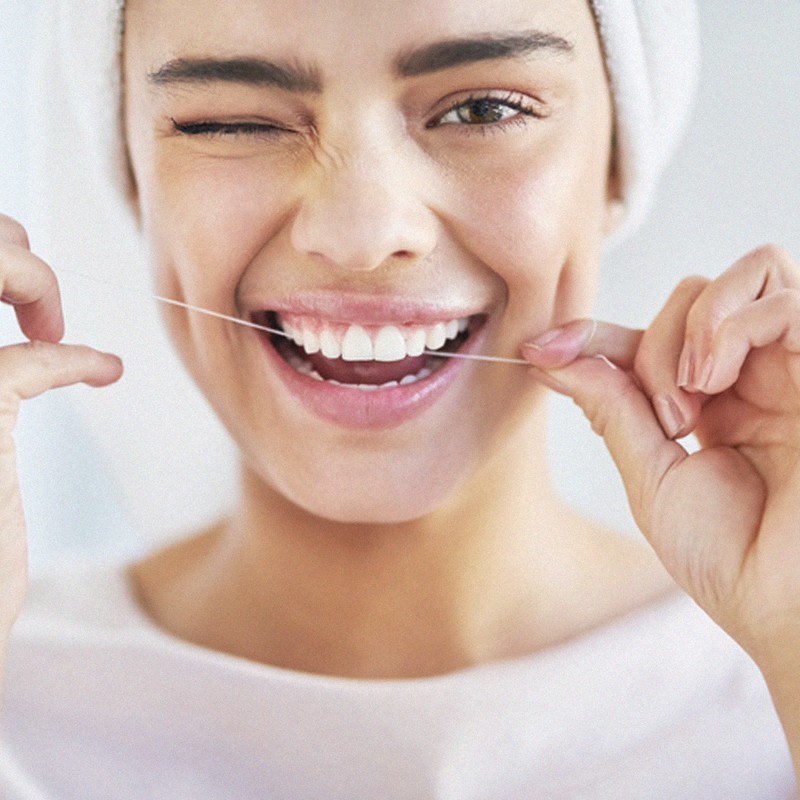
The Most Commonly Asked Dental Questions, Answered
If you want to whiten your teeth, what are your options?
“A decent dentist should offer various options to have your teeth whitened. Laser whitening, which is done at the dentist, is a good option. The advantage of this treatment is that it takes just two hours using a stronger gel, although this is reflected in the cost. Your dentist can also custom make whitening trays for you to use at home. Generally, this takes around two to three weeks for the best results. Some dentists will also offer whitening strips, which are effective, although they usually only work for the middle section of the teeth, which means you can see a difference in the colour from the side – a little like foundation on the face and neck.” – Dr Uchenna Okoye, cosmetic dental expert
Once you’ve had your teeth whitened, how can you maintain the results at home?
“While avoiding dark foods and drinks like chocolate, wine, coffee and red wine will help keep your teeth whiter, in reality it can be tricky to avoid them entirely. If you’ve had your teeth whitened, stock up on whitening toothpaste, which can maintain a brighter shade after whitening. Just don’t be lured by a whitening toothpaste as your sole form of whitening – they are fine to maintain, but most people won’t see a dramatic improvement from toothpaste alone. If you whitened your teeth with a tray system, wear yours for a couple of hours, or overnight, every month to remove surface stains before they embed into your enamel.” – Dr Greg Grillo, dentist at ExpressDentist.com
Does an electric toothbrush really make a difference?
“While an electric toothbrush blows a manual toothbrush out of the water when it comes to brushing power, the leader here is most definitely the sonic toothbrush. An electric toothbrush can increase your number of brushstrokes to around 2,500 to 7,000 strokes per minute. A top sonic toothbrush, however, boasts around 30,000 brush strokes per minute. A decent electric or sonic toothbrush will have an in-built timer, ensuring you spend the right amount of time cleaning your teeth, and apply the right amount of pressure. When using a manual toothbrush, it can be far too easy to press too hard on your teeth and gums, which can lead to gum recession. If this is something you are concerned with, look for this feature.” – Dr Hannan Imran, senior dentist at Sensu
Is two minutes enough when it comes to brushing?
“If you spend two minutes brushing your teeth twice daily, you’ll generally clean the visible surfaces of the teeth. But technique matters, and cleaning between the teeth with brush or picks is essential. Over 30% of bacterial plaque will linger in between the teeth regardless of brushing time, so make sure you combine your efforts.” – Greg
Is it worth using a mouthwash to keep your mouth extra clean?
“No. Most mouthwashes on the market don’t provide as many benefits as they claim, and the high alcohol content can actually dry the mouth out, especially if you suffer from dry mouth conditions. If you enjoy the feeling of using mouthwash, use it after meals only, and always use an alcohol-free mouthwash.” – Greg
What about flossing?
“Flossing is essential. Each tooth has five surfaces that need cleaning. Without flossing, two out of five surfaces aren’t properly cleaned, even with the best brushing technique. This means that plaque (i.e. bacteria) will accumulate, along with food debris, which can cause decay and gum disease. Floss once per day before you brush your teeth. Using a decent amount of floss so you can grip the ends firmly without it slipping, wrap the floss in a C-shape around the tooth and slide the floss down gently between the gum and tooth to remove plaque. Do the same for the other side before moving to the next tooth. You can switch hand and finger positions as you move from top to bottom or left to right. When you floss doesn’t really matter but doing so in the evening can be beneficial to ensure food debris is removed from the mouth at the end of the day.” – Hannan
Is it worth using a water flosser?
“A water flosser can be useful if you have braces or dental work like fixed bridges, while interdental brushes are great for those who are time poor. At the end of the day, whatever you can fit into your routine regularly is the best option for you. All flossing – whether from traditional floss or a high-tech water flosser – is encouraged.” – Uchenna
Can you remove plaque at home without going to the hygienist?
“The soft bacterial plaque that sticks to the teeth creates the fuzzy coating we feel first thing in the morning. Brushing and flossing twice daily removes this plaque. If, however, this plaque sits for a day or more – typically due to inadequate brushing – it begins to absorb minerals and hardens into tartar, or calculus. This accumulation of plaque requires professional care from a hygienist. Visiting your hygienist twice a year is the standard recommendation, and most patients who commit to this schedule experience fewer dental problems than those who skip appointments. Since cavities and gum disease often progress without pain, missed visits to the hygienist can lead to major dental treatment or tooth loss. If you’re overdue by a year or more, be sure to schedule and get back on track.” – Greg
Should you be brushing your teeth before or after breakfast?
“Foods like citrus fruits and coffee create an acidic environment in the mouth, and it can take up to 30 minutes or more for the mouth’s pH to rebalance itself. Brushing too soon after breakfast – or eating acidic foods in general – can result in acidic abrasion of your teeth’s enamel, which will weaken the teeth. For this reason, you should always wait at least 30 minutes after eating or brush well before breakfast.” – Greg
Is it normal for gums to bleed after brushing?
“Bleeding gums can be a sign of gum disease, so always get this checked by your dentist and ensure you are flossing and brushing twice a day with a medium toothbrush. Do not make the mistake of changing to a soft brush, which many people do. The more your gums bleed, the more you need to brush.” – Uchenna
If you have an event coming up, what’s the quickest way to improve your smile?
“Moving teeth with braces takes time, but if you need a quick fix, think about the colour of your teeth – a whiter smile always makes teeth look better. If time is short, consider a speed laser treatment with your dentist, which guarantees the quickest results.” – Uchenna
Brighten your smile with these SL-approved oral care buys…
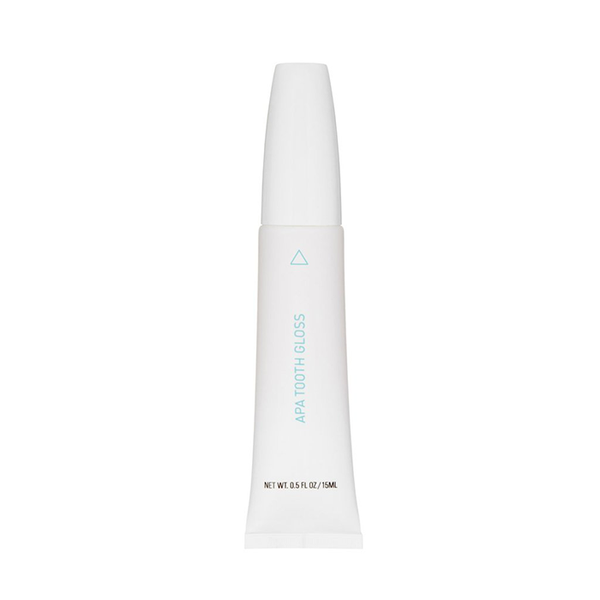
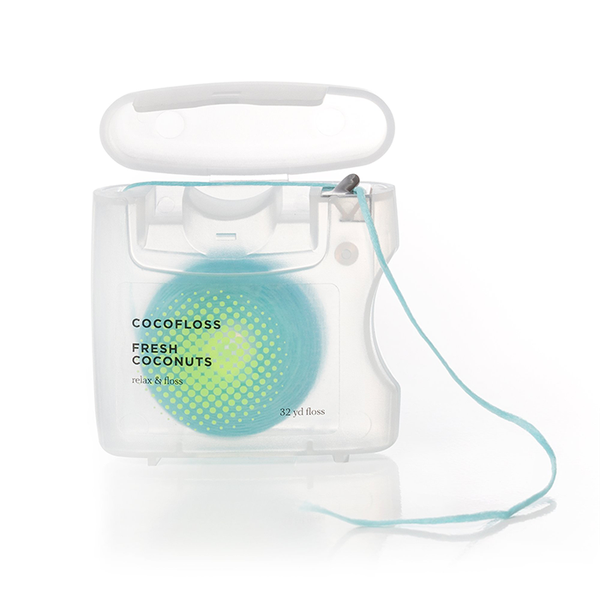
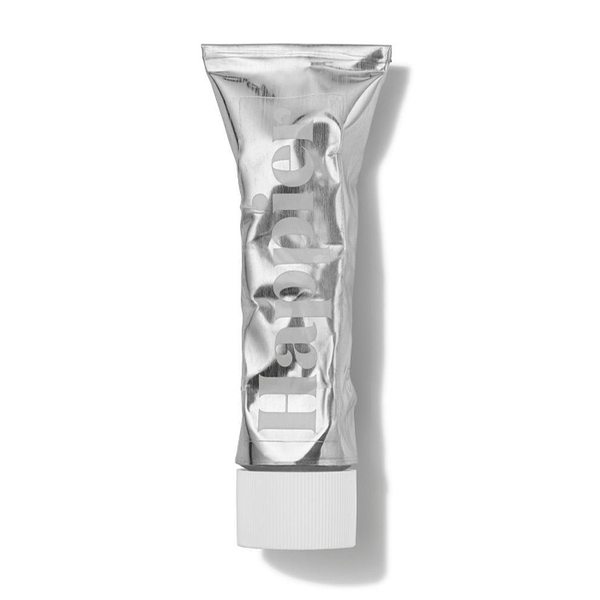
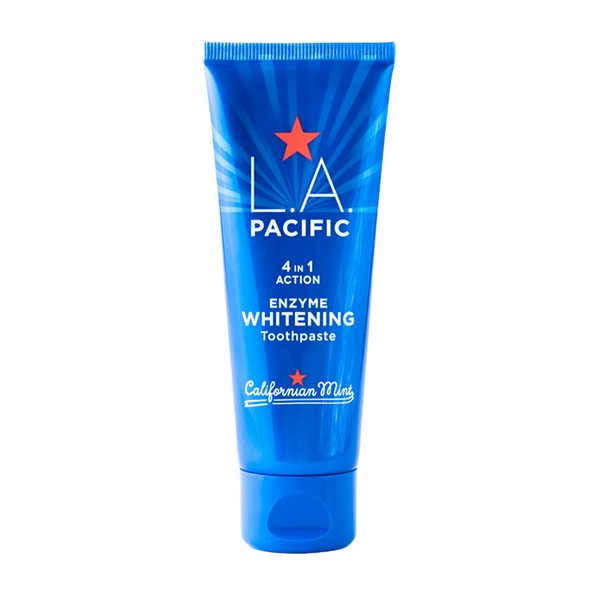
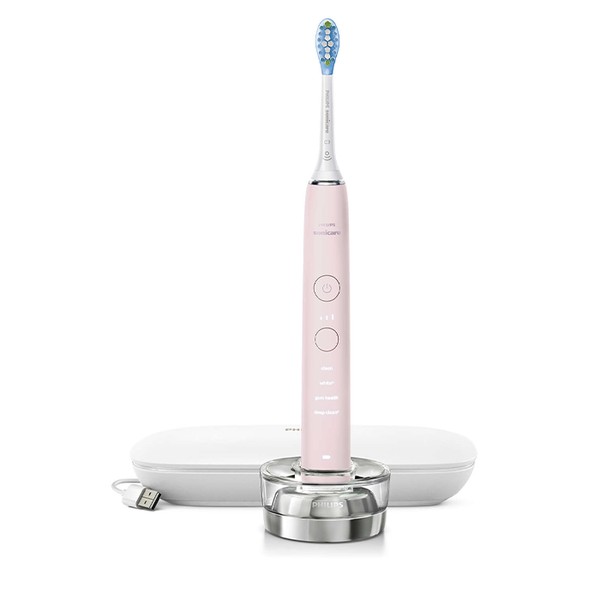
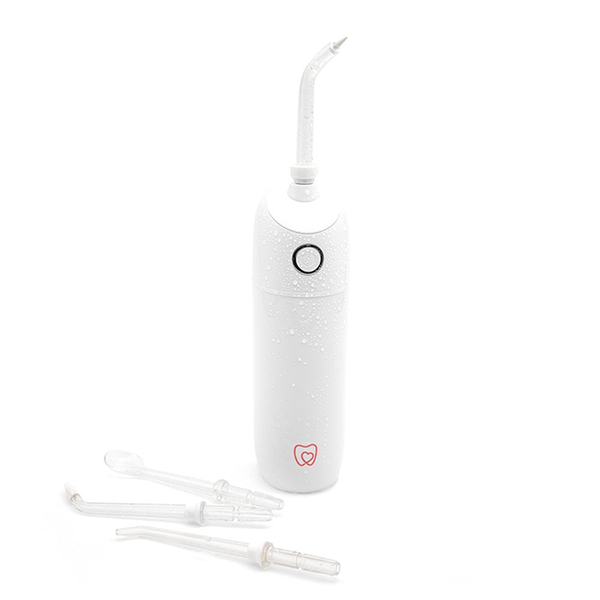

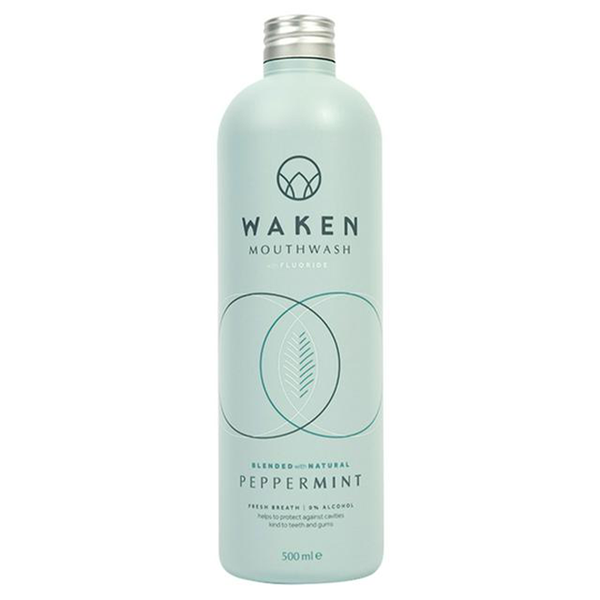
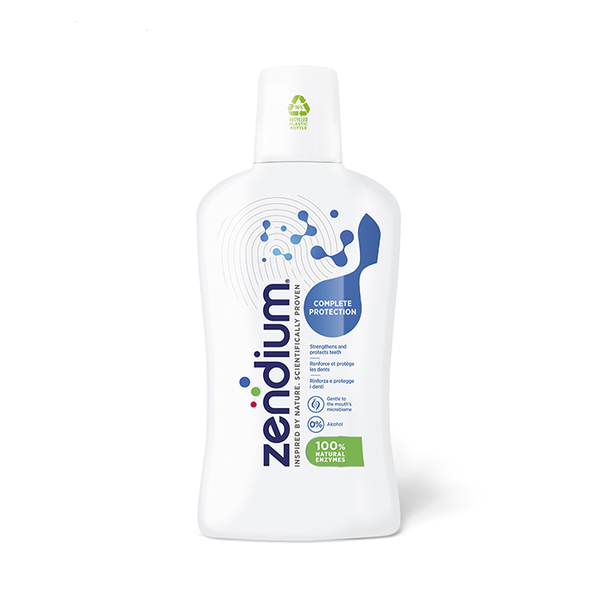
For more information visit Sensu.co.uk, LondonSmiling.com and ExpressDentist.com
DISCLAIMER: Features published by SheerLuxe are not intended to treat, diagnose, cure or prevent any disease. Always seek the advice of your GP or another qualified healthcare provider for any questions you have regarding a medical condition, and before undertaking any diet, exercise or other health-related programme.
DISCLAIMER: We endeavour to always credit the correct original source of every image we use. If you think a credit may be incorrect, please contact us at info@sheerluxe.com.

